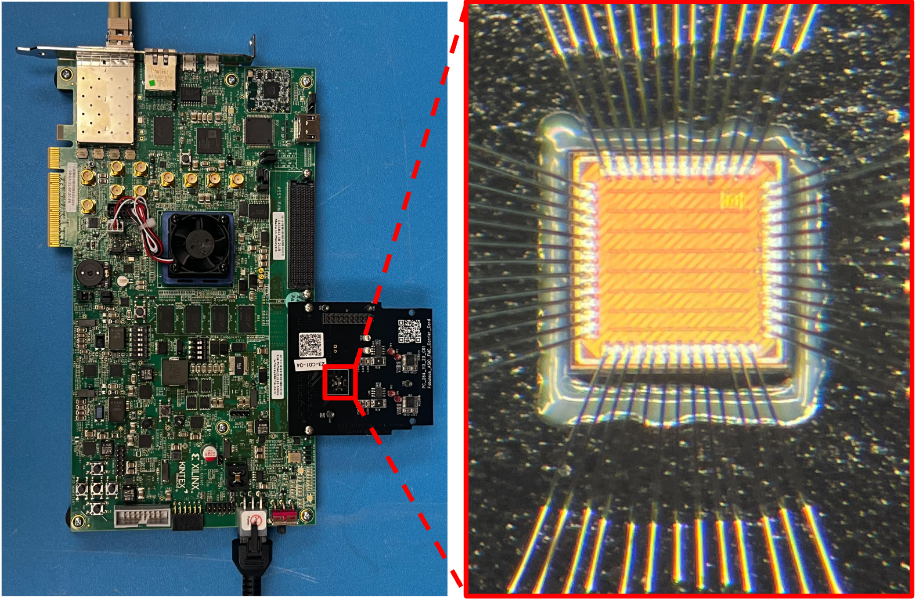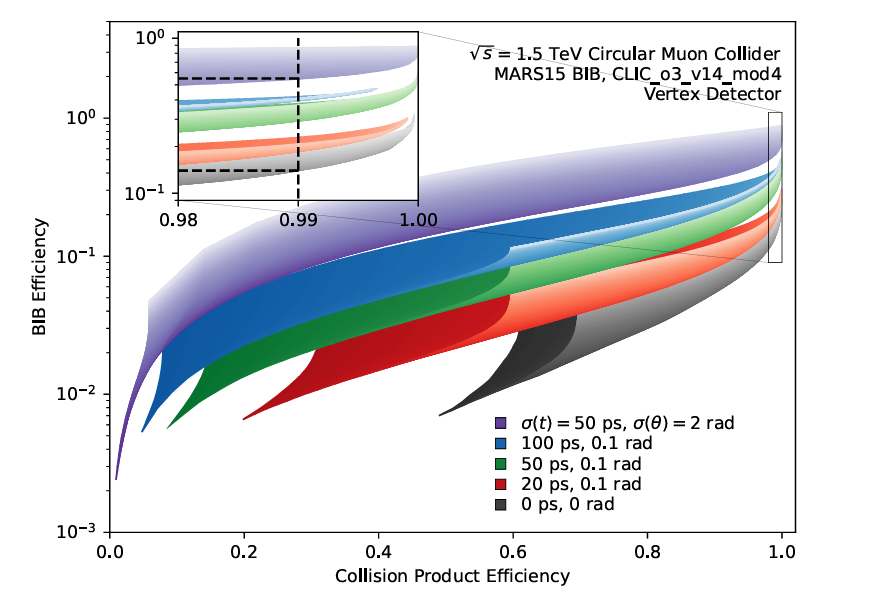Sitemap
A list of all the posts and pages found on the site. For you robots out there is an XML version available for digesting as well.
Pages
Posts
Future Blog Post
Published:
This post will show up by default. To disable scheduling of future posts, edit config.yml and set future: false.
Blog Post number 4
Published:
This is a sample blog post. Lorem ipsum I can’t remember the rest of lorem ipsum and don’t have an internet connection right now. Testing testing testing this blog post. Blog posts are cool.
Blog Post number 3
Published:
This is a sample blog post. Lorem ipsum I can’t remember the rest of lorem ipsum and don’t have an internet connection right now. Testing testing testing this blog post. Blog posts are cool.
Blog Post number 2
Published:
This is a sample blog post. Lorem ipsum I can’t remember the rest of lorem ipsum and don’t have an internet connection right now. Testing testing testing this blog post. Blog posts are cool.
Blog Post number 1
Published:
This is a sample blog post. Lorem ipsum I can’t remember the rest of lorem ipsum and don’t have an internet connection right now. Testing testing testing this blog post. Blog posts are cool.
portfolio
Portfolio item number 1
Short description of portfolio item number 1
Portfolio item number 2
Short description of portfolio item number 2 
publications
Prospects for Heavy WIMP Dark Matter Searches at Muon Colliders
Published in Proceedings of the 2021 US Community Study on the Future of Particle Physics (Snowmass 2021), 2022
Plots summarizing the constraints on Dark Matter models can help visualize synergies between different searches for the same kind of experiment, as well as between different experiments. In this whitepaper, we present an update to the European Strategy Briefing Book plots, from the perspective of collider searches within the Dark Matter at the Energy Frontier (EF10) Snowmass Topical Group, starting from inputs from future collider facilities. We take as a starting point the plots currently made for LHC searches using benchmark models recommended by the Dark Matter Working Group, also used for the BSM and Dark Matter chapters of the European Strategy Briefing Book. These plots can also serve as a starting point for cross-frontier discussions about dark matter complementarity, and could be updated as a consequence of these discussions. This is a whitepaper submitted to the APS Snowmass process for the EF10 topical group.
Recommended citation: K.M. Black, et al. (2023). "Prospects for Heavy WIMP Dark Matter Searches at Muon Colliders." in Proceedings of the 2021 US Community Study on the Future of Particle Physics (Snowmass 2021). https://www.slac.stanford.edu/econf/C210711/papers/2205.10404.pdf
Prospects for the Measurement of the Standard Model Higgs Pair Production at the Muon Colliders
Published in Proceedings of the 2021 US Community Study on the Future of Particle Physics (Snowmass 2021), 2023
We study the Higgs pair production process at a muon collider using b-pair decays of the Higgs bosons. Efficient identification and good measurement resolution for the b-jet pair invariant mass are crucial for unearthing the di-Higgs signal. However, the beam-induced background has potential to drastically degrade the performance. We report on the full simulation studies of the degradation of the reconstructed b-jet pair invariant mass in di-Higgs events, considering only the beam-induced background in the calorimeter. Mitigation strategies for the suppression of the beam-induced background are underway. We also report prospects for the measurement of the Standard Model Higgs pair production at the Muon Colliders at various benchmarks of the collider center of mass energy and integrated luminosity using a fast simulation program. 
Recommended citation: K.M. Black, et al. (2023). "Prospects for the Measurement of the Standard Model Higgs Pair Production at the Muon Colliders." in Proceedings of the 2021 US Community Study on the Future of Particle Physics (Snowmass 2021). https://arxiv.org/abs/2203.08874
Muon Collider Forum report
Published in Journal of Instrumentation, 2024
A multi-TeV muon collider offers a spectacular opportunity in the direct exploration of the energy frontier. Offering a combination of unprecedented energy collisions in a comparatively clean leptonic environment, a high energy muon collider has the unique potential to provide both precision measurements and the highest energy reach in one machine that cannot be paralleled by any currently available technology. The topic generated a lot of excitement in Snowmass meetings and continues to attract a large number of supporters, including many from the early career community. In light of this very strong interest within the US particle physics community, Snowmass Energy, Theory and Accelerator Frontiers created a cross-frontier Muon Collider Forum in November of 2020. The Forum has been meeting on a monthly basis and organized several topical workshops dedicated to physics, accelerator technology, and detector R&D. Findings of the Forum are summarized in this report.
Recommended citation: K.M. Black, et al. (2024). "Muon Collider Forum report." JINST. 19 T02015. https://iopscience.iop.org/article/10.1088/1748-0221/19/02/T02015
Embedded FPGA Developments in 130nm and 28nm CMOS for Machine Learning in Particle Detector Readout
Published in In submission to JINST, 2024
Embedded field programmable gate array (eFPGA) technology allows the implementation of reconfigurable logic within the design of an application-specific integrated circuit (ASIC). This approach offers the low power and efficiency of an ASIC along with the ease of FPGA configuration, particularly beneficial for the use case of machine learning in the data pipeline of next-generation collider experiments. An open-source framework called ‘FABulous’ was used to design eFPGAs using 130 nm and 28 nm CMOS technology nodes, which were subsequently fabricated and verified through testing. The capability of an eFPGA to act as a front-end readout chip was assessed using simulation of high energy particles passing through a silicon pixel sensor. A machine learning-based classifier, designed for reduction of sensor data at the source, was synthesized and configured onto the eFPGA. A successful proof-of-concept was demonstrated through reproduction of the expected algorithm result on the eFPGA with perfect accuracy. Further development of the eFPGA technology and its application to collider detector readout is discussed. 
Recommended citation: J. Gonski et al., (2023). "Embedded FPGA Developments in 130nm and 28nm CMOS for Machine Learning in Particle Detector Readout." in submission to JINST. https://arxiv.org/abs/2404.17701
talks
Prospects for the measurement of the standard model higgs pair production at the muon colliders.
Published:
Embedded FPGA Developments in 130nm and 28nm CMOS for Machine Learning in Particle Detector Readout
Published:
Edge Machine Learning for Smart Detectors in Future Colliders
Published:
In next-generation high-energy physics experiments, detectors face several daunting requirements: high data rates, radiation exposure, and strict constraints on latency and power. Machine learning (ML) has been explored for use in readout application specific integrated circuits (ASICs) to perform intelligent inference and data reduction at the source. We demonstrate low-latency, resource-efficient ML models, such as boosted decision trees and autoencoders, for front-end processing that reduce off-detector data rates and utilize latent space information for real-time sensor defect monitoring. We also present embedded field programmable gate arrays (eFPGAs) as a potential hardware technology that can provide reconfigurable digital logic to deploy ML at the edge in high energy collider experiments.
teaching
Teaching assistant
Undergraduate Course, Stanford University, Department of Physics, 2024
Physics 43 Electricity and Magnetism
Teaching assistant
Undergraduate Course, Stanford University, Department of Physics, 2024
Physics 46 Light and Heat Laboratory


